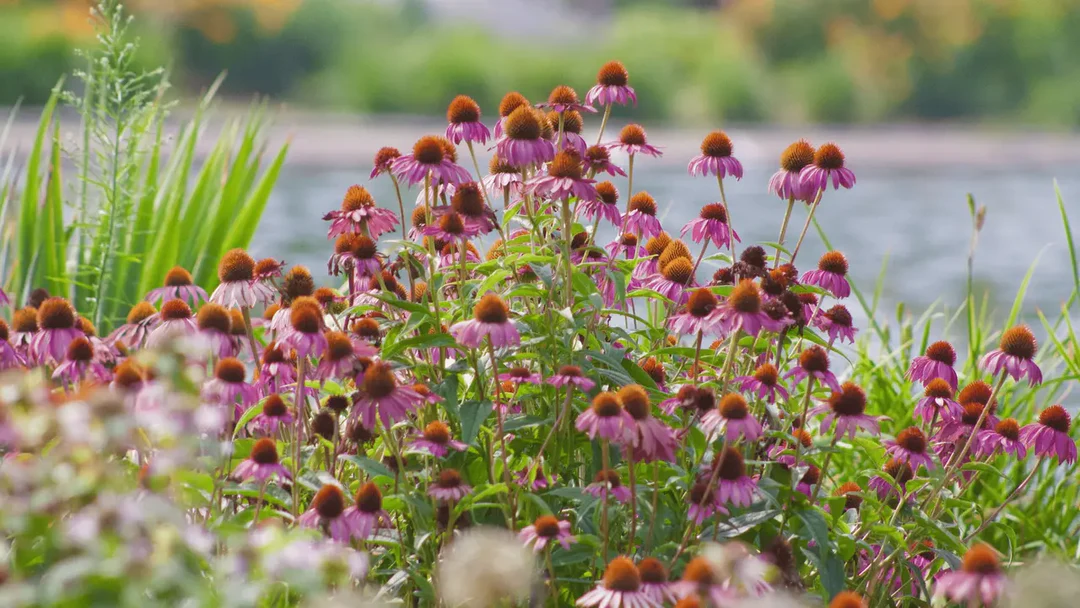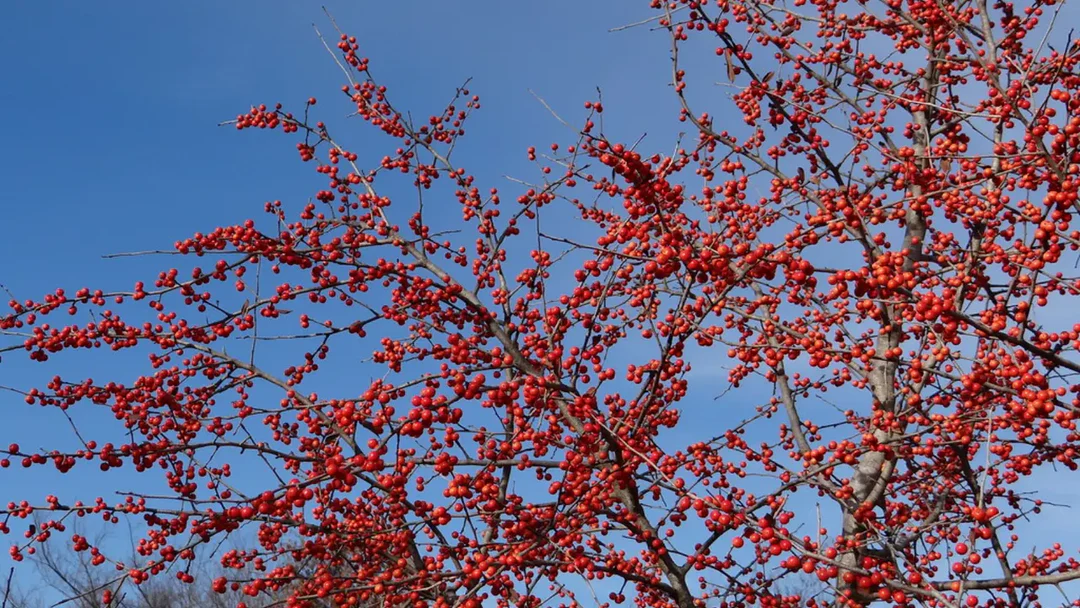Fragrant Sumac: A Delightful Addition to Your Native Plant Collection

Fragrant Sumac is a charming native plant that can transform your garden into a vibrant and aromatic paradise. Known for its striking foliage and strong, alluring scent, this plant is beautiful and beneficial. Let’s explore how Fragrant Sumac can enhance your garden and why it is a delightful addition to any native plant collection.
What is Fragrant Sumac?
Fragrant Sumac, scientifically known as Rhus aromatica, is a small shrub native to North America. It’s known for its trifoliate leaves and the delightful fragrance released by its crushed foliage. With its rich colors and textures, Fragrant Sumac is visually appealing, highly versatile, and easy to grow.
This remarkable shrub typically reaches about 6 to 12 feet in height, making it ideal for smaller or more compact garden spaces. According to the Lady Bird Johnson Wildflower Center, the plant’s foliage ranges in color from a somewhat blue-green in the growing season to varied hues of orange, red, purple, and yellow during the fall according to the Lady Bird Johnson Wildflower Center. The leaves are coarsely toothed and velvety to the touch, and the yellowish catkin-like flowers it produces in spring give way to red berries that can last into the winter months.
It stands out for its adaptability to different environments. It thrives in dry uplands and wet lowland settings, showcasing its robust nature. Fragrant Sumac’s root system can benefit those in regions prone to soil erosion. It stabilizes the soil and supports local wildlife habitats as a shelter and food source.
The Visual Appeal of Fragrant Sumac
Fragrant Sumac is cherished for its vibrant leaves, which change color with the seasons. During spring and summer, the shrub showcases lush green foliage, while in the fall, it transforms into brilliant shades of red, orange, and yellow, creating a stunning display.
The seasonal transformation of the Fragrant Sumac is truly a sight to behold. During the early growing season, the lush trifoliate leaves are rich and deep green, which speaks to the plant’s health and vigor. As the seasons progress into autumn, the foliage transforms dynamically, becoming a striking palette of warm and fiery tones. Such a vibrant display is a feast for the eyes and a natural invitation to various birds and pollinators, making Fragrant Sumac a lively component of any native garden. This transformation is reminiscent of the similar beauties offered by the Prairie Flameleaf Sumac, another member of the Sumac family prized for its fall beauty and ecological value.
Growing and Caring for Fragrant Sumac
Caring for Fragrant Sumac is quite simple. It prefers well-drained soil and can thrive in full sun and partial shade. Once established, this drought-tolerant plant requires minimal watering. Pruning is rarely necessary but can be done to shape the shrub as desired.
This resilient plant can adapt to various soil types, including sandy, loamy, or even rocky soils, making it suitable for multiple landscaping projects. While it flourishes best in well-drained soil, it can tolerate periods of drought, minimizing the need for constant watering. Alongside its ability to grow in various light conditions, Fragrant Sumac is an excellent choice for low-maintenance gardens. However, attention should be paid to its tendency to form colonies through root suckers if unmonitored. Regularly trimming unwanted growth can help maintain its form and prevent it from overtaking other garden plants.
Ecological Benefits of Fragrant Sumac
This plant is not only attractive but also beneficial to the local ecosystem. Fragrant Sumac is a critical habitat and food source for wildlife, including birds and pollinators. Its robust root system helps prevent soil erosion, making it an excellent choice for sustainable landscaping.
By integrating Fragrant Sumac into your garden, you invite a host of ecological interactions that support biodiversity. Its berries persist into winter and serve as a vital food source for birds and small mammals during the colder months when food availability is scarce. Additionally, the dense foliage provides excellent cover for insects and small animals, creating a thriving microhabitat. These ecological interactions mirror the benefits offered by other native shrubs, such as the American Beautyberry, known for its vibrant fruits and similar wildlife support.
The shrub’s vigorous root system is a boon for erosion control and improves soil health by maintaining soil structure and enhancing percolation. This can be particularly beneficial in regions prone to seasonal flooding. The shrub’s presence in a garden can contribute to more sustainable gardening practices by reducing the necessity for artificial erosion control or soil amendments.
Incorporating Fragrant Sumac into Your Garden
Adding Fragrant Sumac to your garden is easy and rewarding. It can be used as a border plant, a ground cover, or a focal point in a mixed planting bed. Its adaptability suits various garden styles, from wild and naturalistic to more structured landscapes.
Moreover, Fragrant Sumac’s growth habit is well-suited for mass planting as a ground cover to stabilize slopes or prevent erosion in challenging garden plots. Its resilience makes it a reliable choice for areas prone to adverse conditions, offering beauty and functional landscape solutions.
Embrace the Beauty and Benefits of Fragrant Sumac
Adding Fragrant Sumac to your native plant collection is a visually pleasing and environmentally responsible choice. Its resilience and adaptability make it an excellent option for various landscapes, while its attractive features and benefits can bring beauty and value to your garden. Whether you are a seasoned gardener or a newcomer to native plants, Fragrant Sumac will surely be a rewarding addition to your green space.














Leave a comment